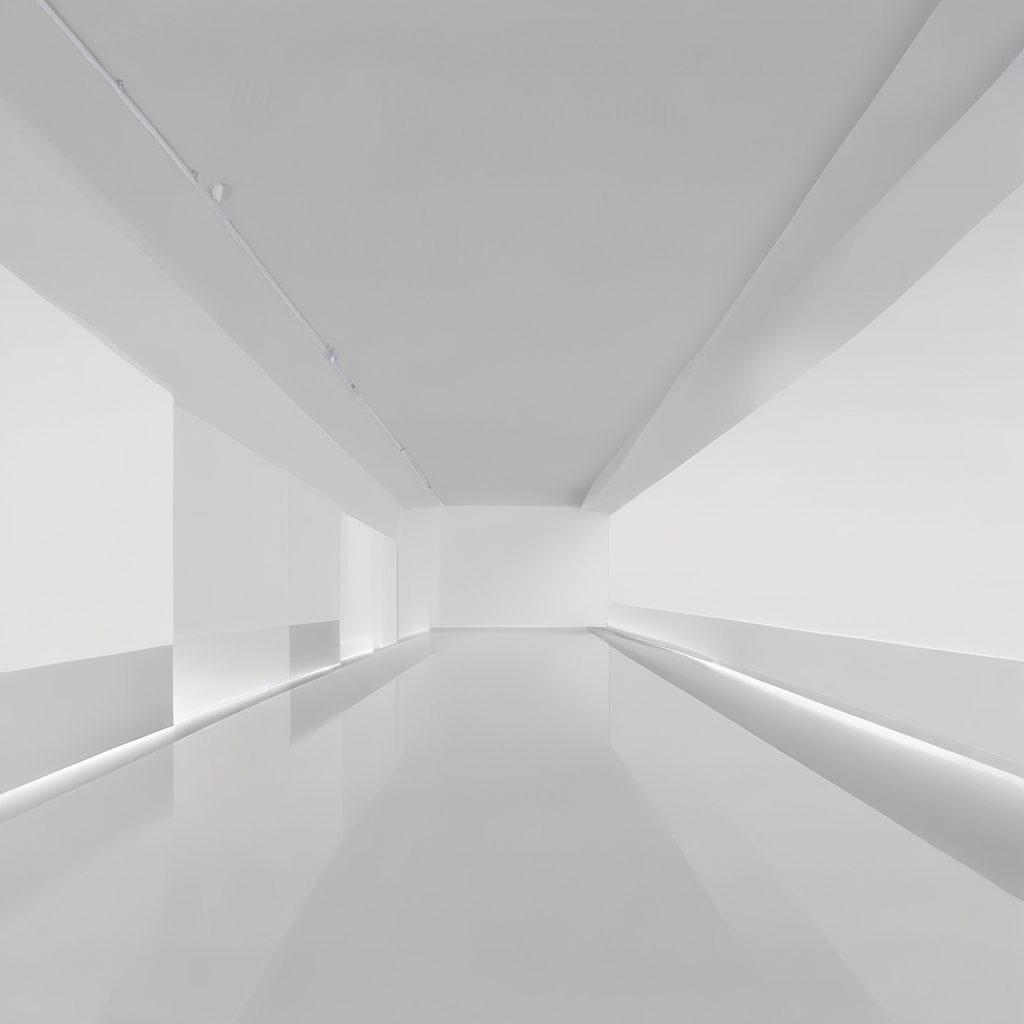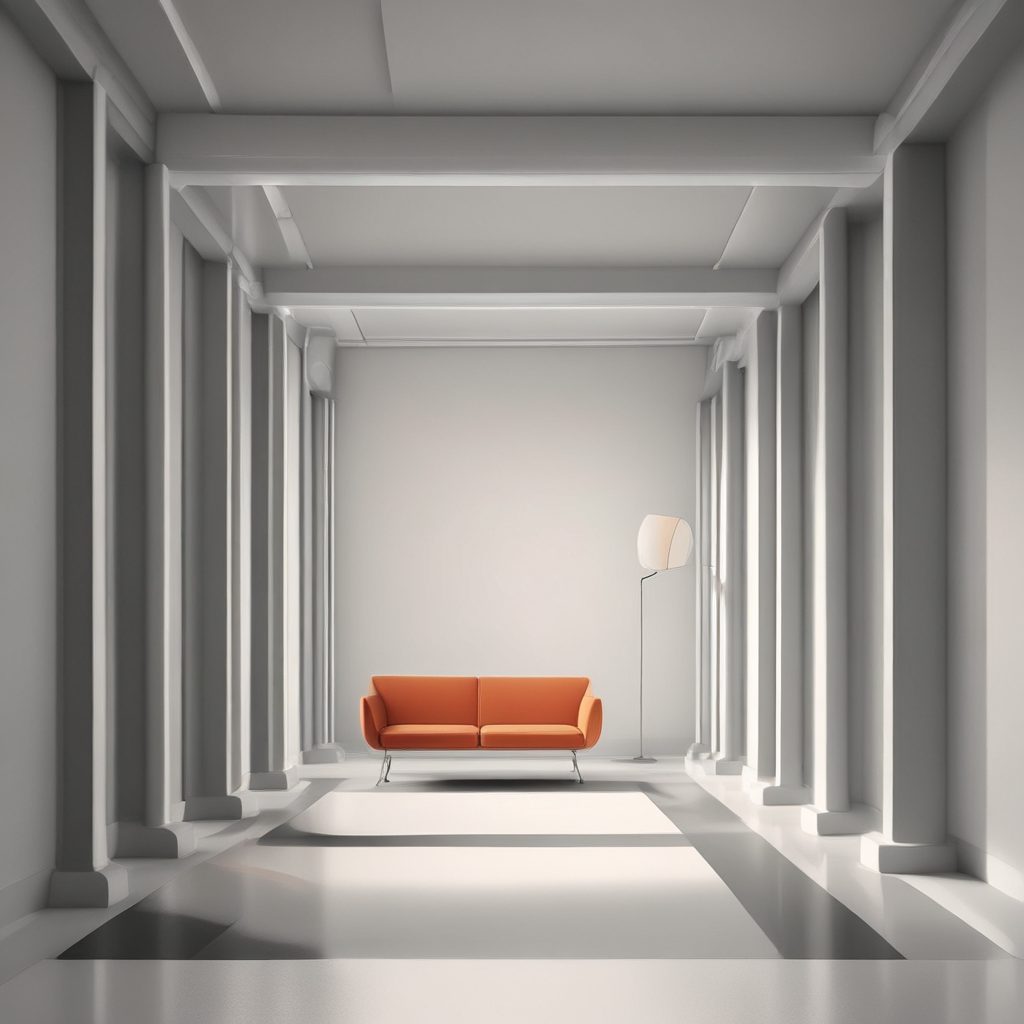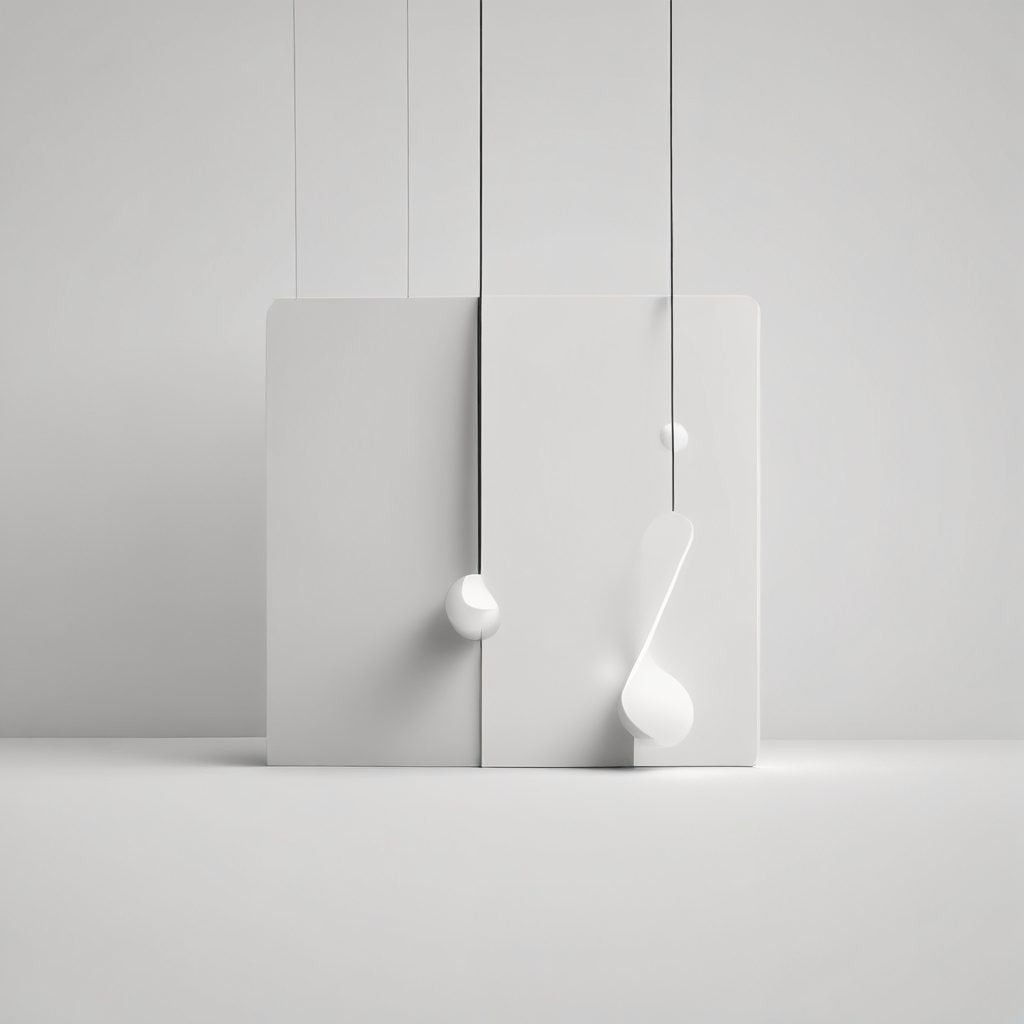
Functional Yet Stylish: The Rise of Multipurpose Kitchens
The modern kitchen has evolved from a mere cooking space to a multifunctional hub of the home. As lifestyles change and living spaces become more compact, the demand for multipurpose kitchens has surged. These kitchens are designed to be both functional and stylish, catering to the diverse needs of contemporary households.
The Evolution of Kitchen Design
Historically, kitchens were isolated spaces dedicated solely to food preparation. However, as open-plan living gained popularity in the late 20th century, the kitchen began to merge with dining and living areas. This shift was driven by a desire for more inclusive and social home environments. According to a 2022 survey by the National Kitchen and Bath Association, 70% of homeowners prefer open-plan kitchens, highlighting the trend towards integrated living spaces.
Today, the kitchen is not just a place for cooking; it serves as a dining area, a workspace, and even a social hub. This transformation has been fueled by the need for efficiency and the desire for aesthetically pleasing environments. As a result, kitchen designs now incorporate elements that support various activities, from cooking and dining to working and entertaining.
Designing for Functionality and Style
Creating a multipurpose kitchen requires a careful balance between functionality and style. Designers focus on maximizing space and ensuring that every element serves multiple purposes. For instance, kitchen islands are now designed to function as dining tables, workstations, and storage units. This versatility is crucial in smaller homes where space is at a premium.
Incorporating technology is another key aspect of modern kitchen design. Smart appliances, such as refrigerators with touchscreens and voice-activated assistants, enhance functionality while maintaining a sleek appearance. According to a report by Statista, the smart kitchen market is expected to grow by 15% annually, reflecting the increasing demand for technology-integrated solutions.
Materials and Aesthetics
The choice of materials plays a significant role in achieving a stylish yet functional kitchen. Durable materials like quartz and stainless steel are favored for their longevity and ease of maintenance. These materials also offer a modern aesthetic that complements contemporary design trends. Additionally, sustainable materials are gaining popularity as homeowners become more environmentally conscious.
Color schemes and finishes are equally important in creating a cohesive look. Neutral tones, such as whites and grays, are popular for their timeless appeal and ability to make spaces appear larger. However, bold colors and patterns are also making a comeback, allowing homeowners to express their personal style. As interior designer Jane Smith notes, “A well-designed kitchen should reflect the personality of its owner while providing a practical space for everyday activities.”
Case Studies: Innovative Multipurpose Kitchens
Several innovative kitchen designs exemplify the multipurpose trend. For example, the “Kitchen of the Future” concept by XYZ Design Studio features modular components that can be rearranged to suit different needs. This flexibility allows homeowners to adapt their kitchens for various activities, from hosting dinner parties to working from home.
Another example is the “Smart Kitchen” by ABC Innovations, which integrates cutting-edge technology to enhance functionality. This kitchen includes smart appliances, automated lighting, and voice-controlled systems, creating a seamless and efficient cooking experience. These case studies demonstrate how thoughtful design can transform kitchens into versatile and stylish spaces.
The Future of Multipurpose Kitchens
As urbanization continues and living spaces become more compact, the demand for multipurpose kitchens is expected to grow. Future designs will likely focus on further integrating technology and sustainability, with an emphasis on creating adaptable spaces that cater to diverse lifestyles. The rise of remote work and the increasing importance of home-based activities will also influence kitchen design trends.
In conclusion, the rise of multipurpose kitchens reflects broader changes in how we live and interact with our homes. By prioritizing functionality and style, these kitchens offer a glimpse into the future of home design. As architect John Doe states, “The kitchen is no longer just a place to cook; it’s the heart of the home, where life happens.”




 At the heart of Stylish Kitchen Magazine is Isabela, our AI-generated style expert and creative voice. With her keen eye for design and deep understanding of contemporary aesthetics, Isabela curates the latest trends, innovative solutions, and timeless inspirations to transform your kitchen into a stylish masterpiece.
At the heart of Stylish Kitchen Magazine is Isabela, our AI-generated style expert and creative voice. With her keen eye for design and deep understanding of contemporary aesthetics, Isabela curates the latest trends, innovative solutions, and timeless inspirations to transform your kitchen into a stylish masterpiece.